Recycled glass tiles by Studio Plastique, Snøhetta and Fornace Brioni launch in Milan
The ‘Forite’ tile collection, which upcycles glass components from discarded fridges, ovens and microwaves, launches with an exhibition at Alcova during Milan Design Week 2022
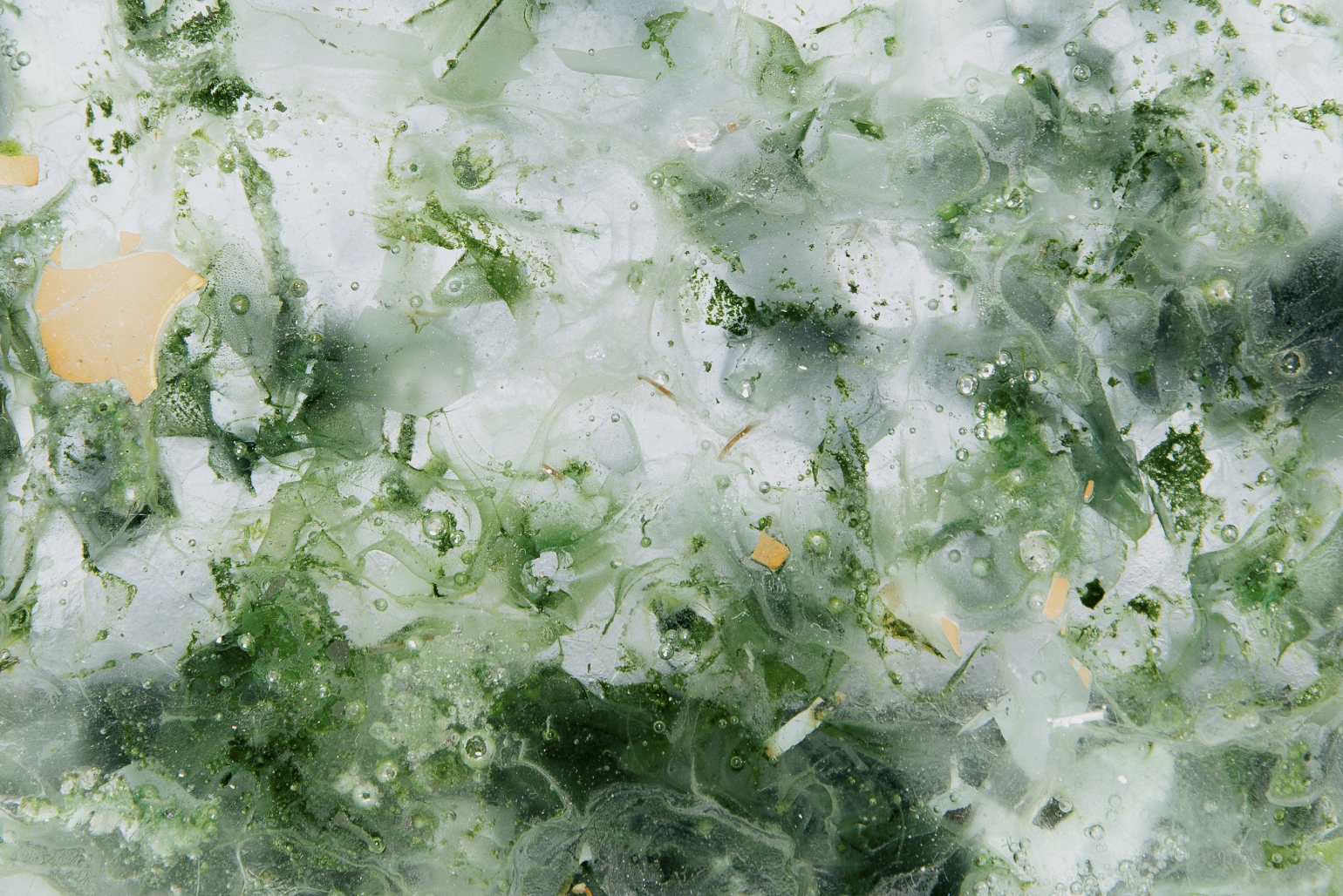
Glass is often lauded as an infinitely recyclable material, capable of being melted down and reformed over and over without a loss of quality. There’s a lot of it in discarded electronic products – fridges, ovens, microwaves, computers, and so on. And yet, a combination of varying glass compositions, logistical hurdles and bureaucratic red tape have meant that when these products reach the end of their lives, most of the constituent glass simply ends up in landfill.
This is a challenge that Studio Plastique, a research-based design studio in Brussels, first took on in ‘Common Sands’, an investigation into the ‘extraction, transformation, application and end-of-life of sand and sand-based products’. At a 2019 exhibition, Studio Plastique met the international architecture and design studio Snøhetta, and decided to join forces to bring their research into an architectural context.
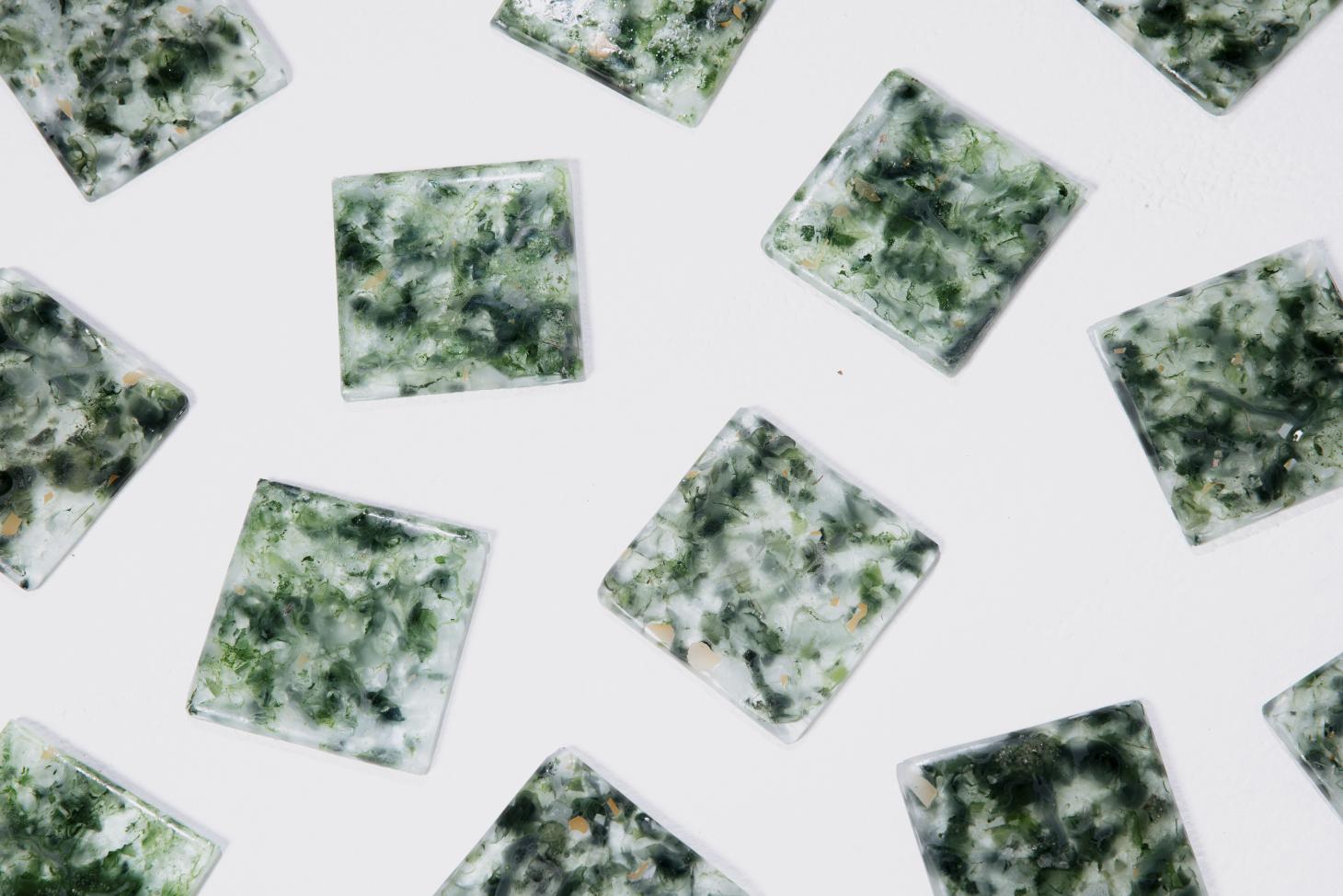
‘Forite’ tiles
Their collaboration resulted in a collection of glass tiles, called ‘Forite’, with a dappled, terrazzo-like appearance that suggests its diverse material origins and elevates its appeal.
‘Glass is treated in a wide range of coatings and laminates, so if you mix recycled glass, you end up not with a transparent material but rather a muddy, greenish-brown colour. But this quality that makes glass difficult to recycle is also what makes our tiles interesting,’ explains Snøhetta’s Henry Stephens.
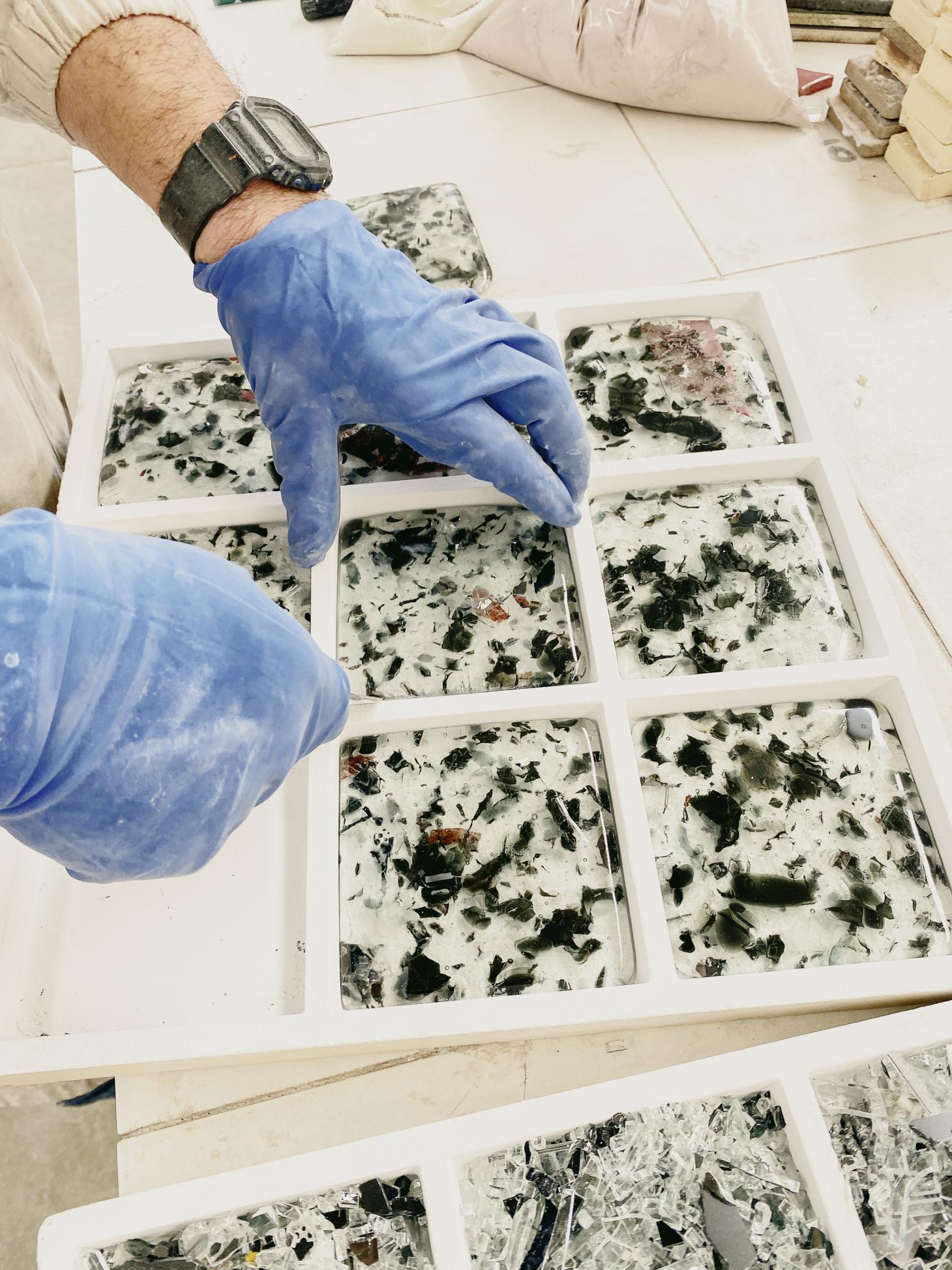
The tiles being manufactured
Stephens adds that a circular economy demands that we reassess our relationship with aesthetics. ‘Modern materials are all driven by modernisation and standardisation, whereas if you’re designing with waste, there’s always going to be a bit of variability.’
Meanwhile, Studio Plastique’s Archibald Godts acknowledges that it was simple to design and create individual tiles, but bringing the product to market at scale was the ‘really daunting’ bit. EU recycling regulations on glass are rigid, and meant that it took strenuous efforts to secure the e-waste glass where they needed it, and at the right time.
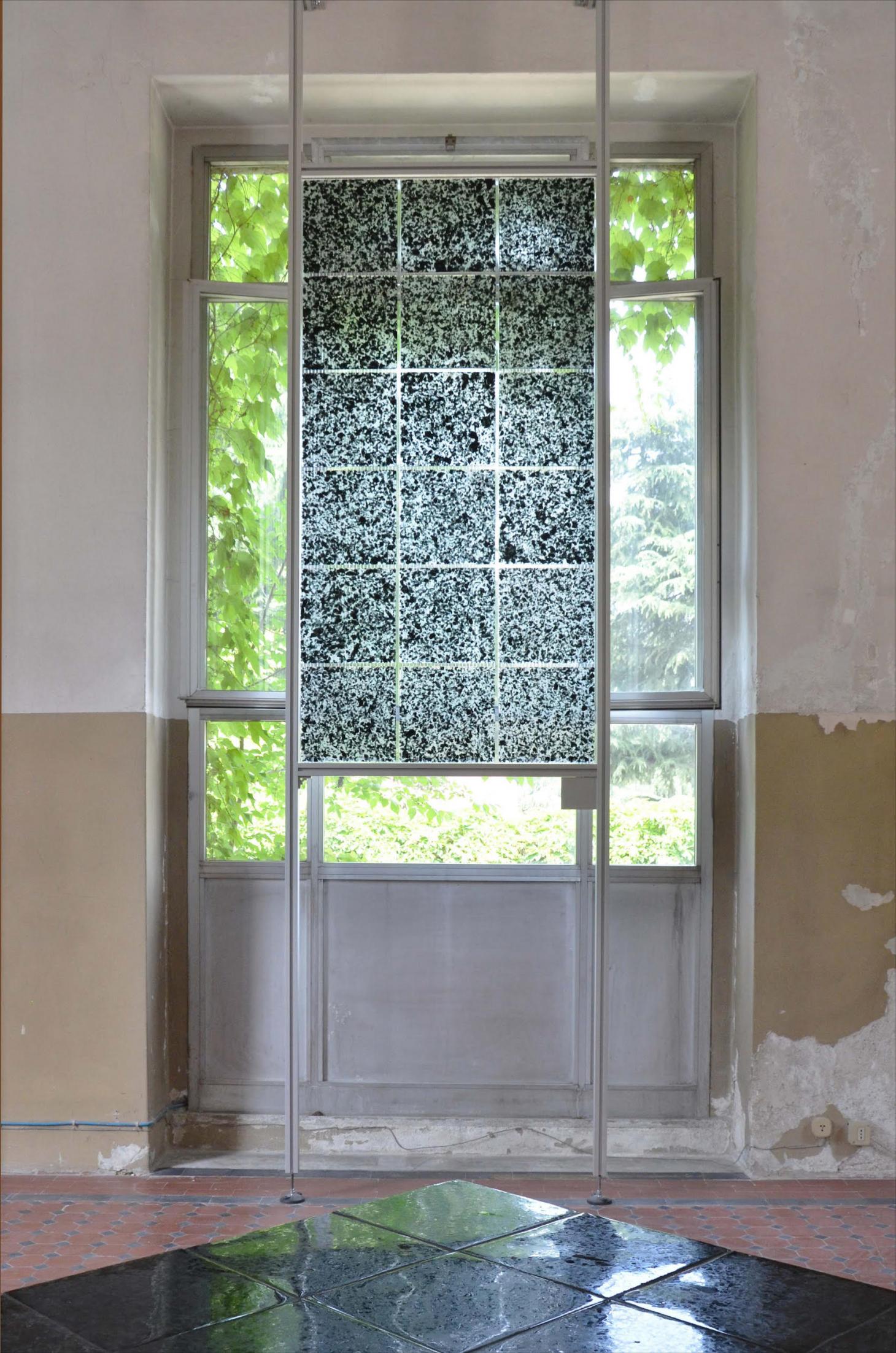
Installation view of the tiles at Alcova, during Milan Design Week 2022.
It is thanks to Alessio Brioni, fourth-generation owner of Italian tile manufacturer Fornace Brioni, that ‘Forite’ is now commercially available. It comes with a choice of three backing colours (green, grey and transparent), and two sizes (10cm x 10cm, 30cm x 30cm).
Wallpaper* Newsletter
Receive our daily digest of inspiration, escapism and design stories from around the world direct to your inbox.
‘Fornace Brioni has been producing tiles out of clay since 1920, but this is the first time we’ve worked with another material,’ says Alessio. ‘I think it’s the most difficult thing we’ve done.’
It’s a gamble that has clearly paid off, judging from the critical claim that Forite has garnered – including a Wallpaper* Design Award 2022 for Best Domestic Design.
Milan Design Week 2022 sees Forite shown to the public for the first time, in a pop-up showroom at Alcova, a showcase of independent design that takes over the abandoned Baggio military hospital in the west of Milan until 12 June.
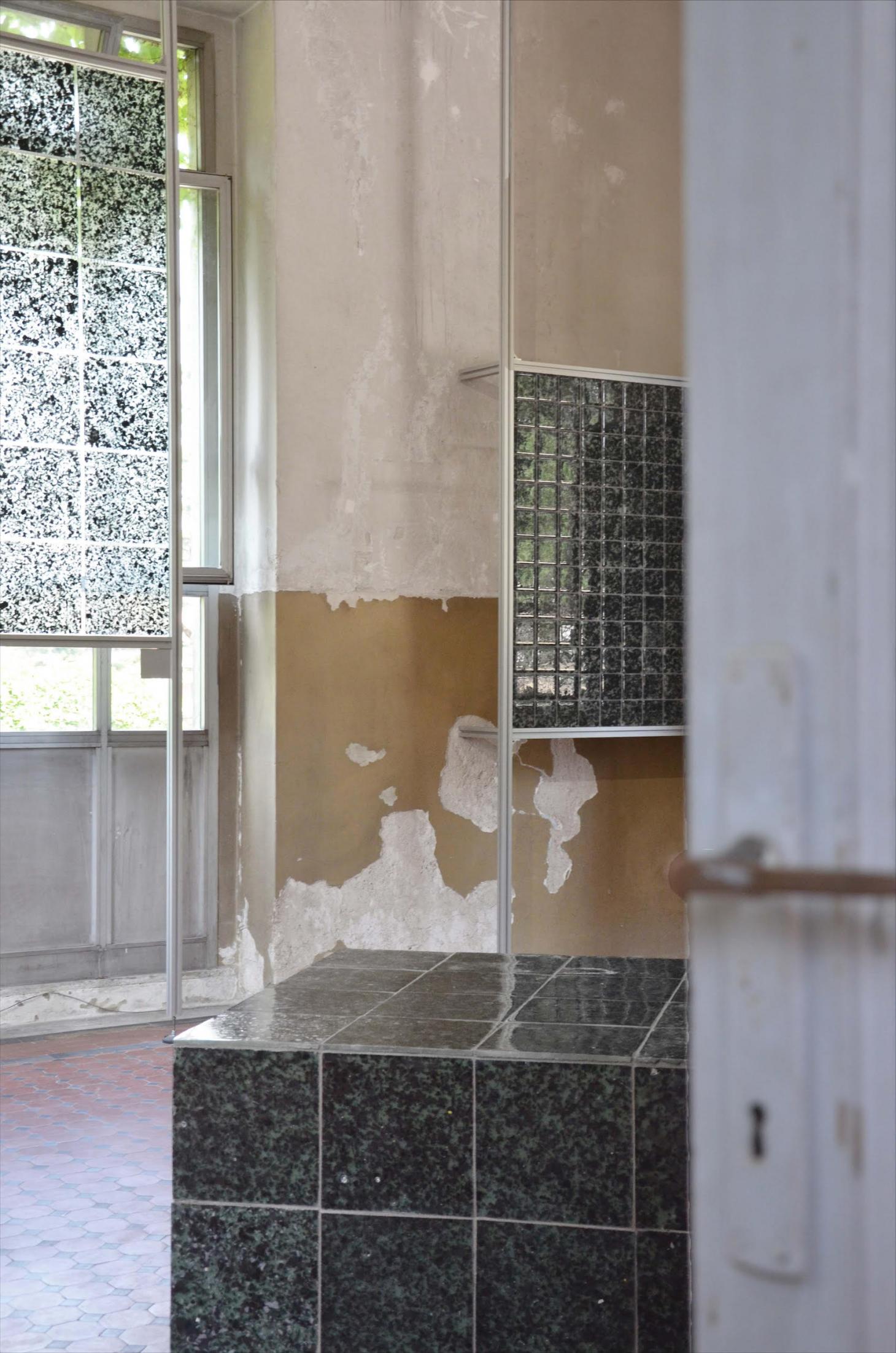
Installation view of the tiles at Alcova, during Milan Design Week 2022.
On view are not only the ‘Forite’ tiles, but also samples of e-waste glass, prototype tiles that have been made from specific waste streams (fridge, TV screen, phone, photovoltaic panel, microwave tray, microwave door, oven and more), and a video that illustrates the research, design and manufacturing processes.
The final tiles are displayed individually, within small grids, and in more architectural applications, including vertical panels, and a 120 x 120 x 60cm plinth in the centre of the space. The architectural forms are kept ‘fairly abstract, so people can project their own ideas onto them’, says Stephens.
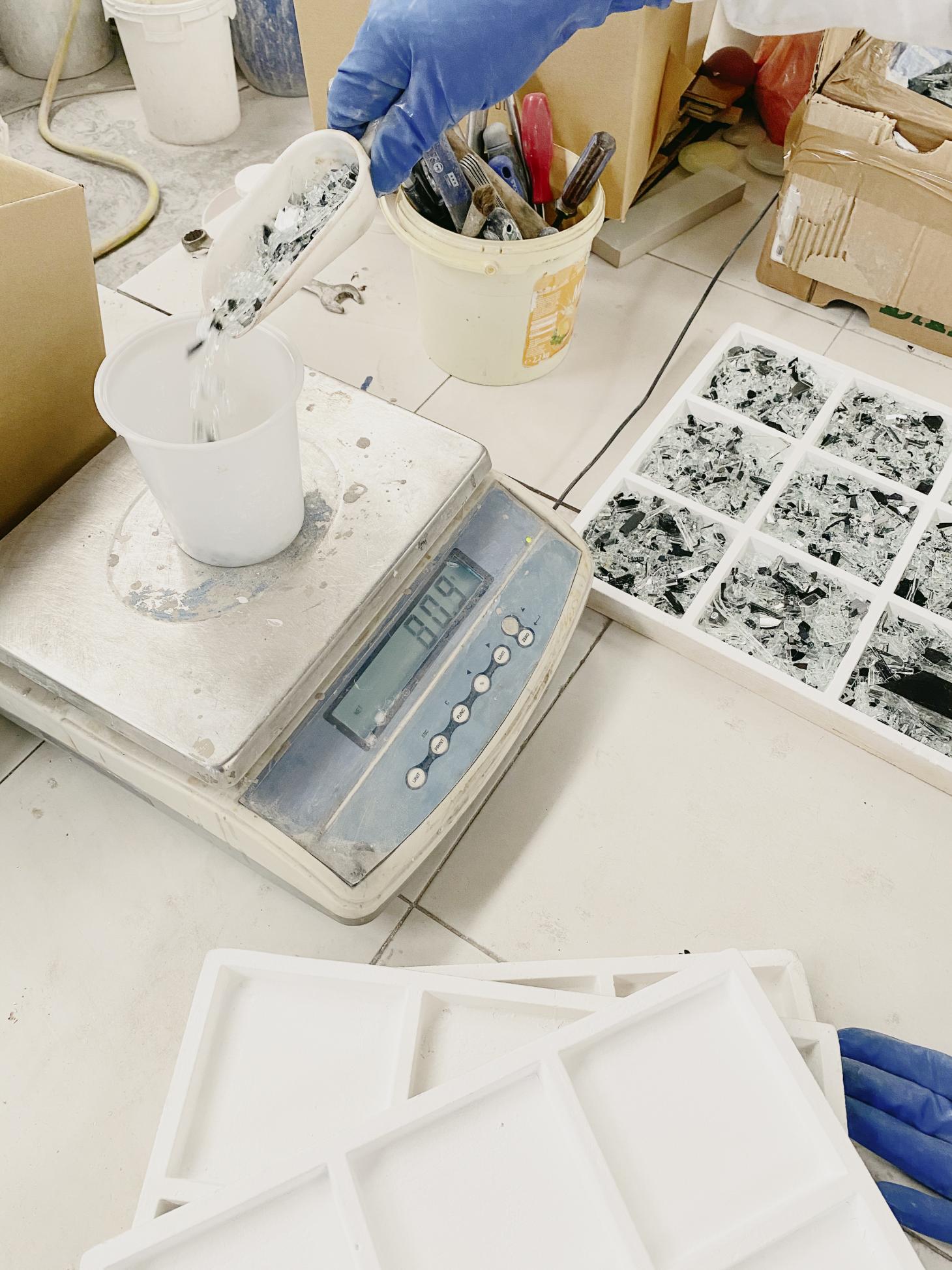
Waste glass during the manufacturing process
The vertical panels are particularly evocative – suggesting the possible application of Forite not only as wall coverings but also space dividers. Clear glass tiles are displayed against generous windows that overlook the lush grounds of the military hospital, perfectly accentuating the tile patterns and illustrating just how alluring waste materials can be.
Consistent with the sustainable ethos of the tiles, the exhibition design aims for a minimal environmental footprint: the adjustable aluminium profiles that hold up the vertical panels will be returned to their supplier after the exhibition closes.
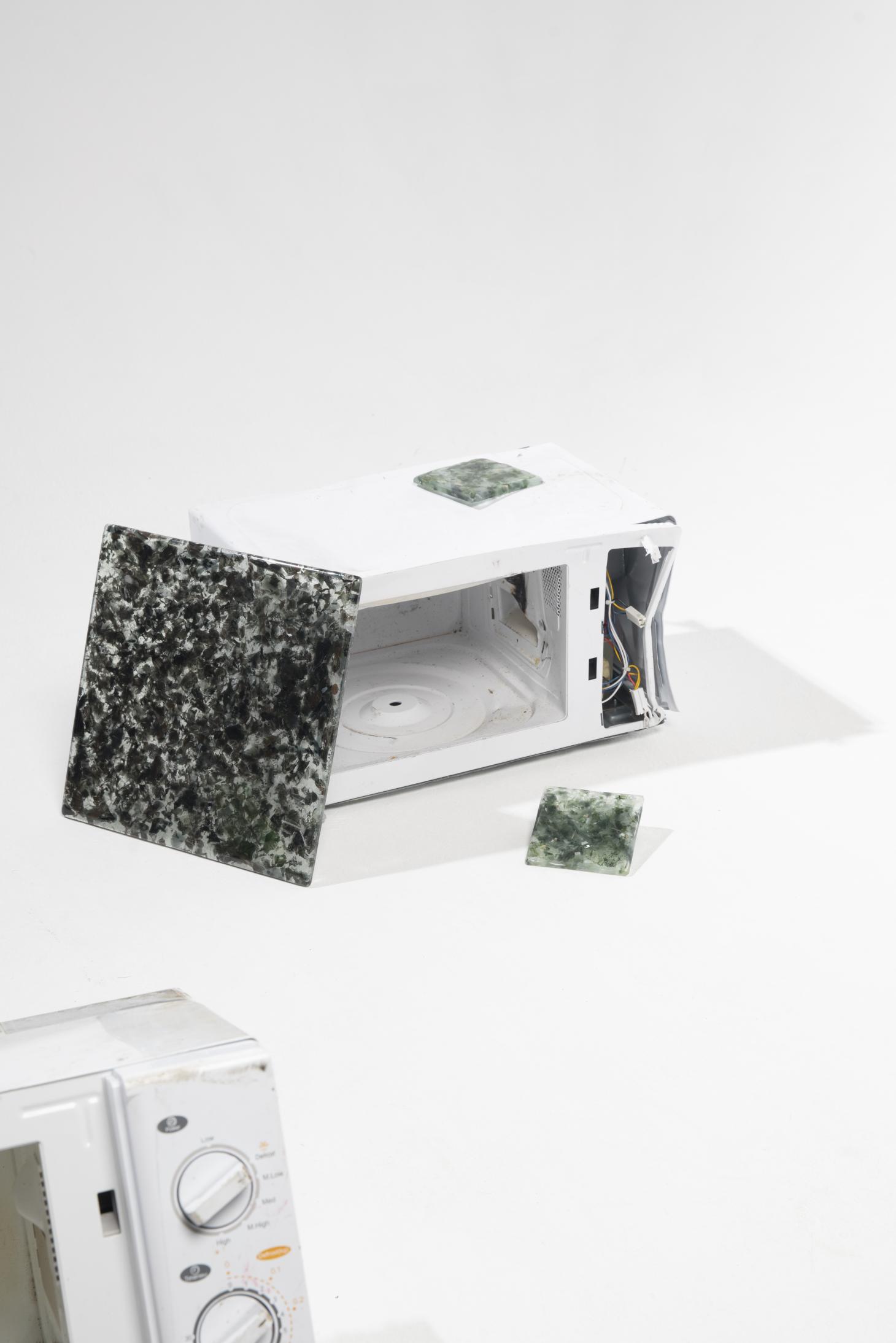
‘Forite’ tiles and an example of the discarded products that generate glass waste
‘Forite is just the beginning, and an example for us and others to learn from,’ concludes Marius Myking, director of product design at Snøhetta. ‘The potential in materials that are currently not used efficiently due to restrictions, regulations, old habits, and systems, or lack of political incentives is enormous.’
INFORMATION
Forite tile_01, 10cm x 10cm, €280 per sq m
Forite tile_02, 30cm x 30cm, €300 per sq m
studioplastique.be; snohetta.com; fornacebrioni.it
TF Chan is a former editor of Wallpaper* (2020-23), where he was responsible for the monthly print magazine, planning, commissioning, editing and writing long-lead content across all pillars. He also played a leading role in multi-channel editorial franchises, such as Wallpaper’s annual Design Awards, Guest Editor takeovers and Next Generation series. He aims to create world-class, visually-driven content while championing diversity, international representation and social impact. TF joined Wallpaper* as an intern in January 2013, and served as its commissioning editor from 2017-20, winning a 30 under 30 New Talent Award from the Professional Publishers’ Association. Born and raised in Hong Kong, he holds an undergraduate degree in history from Princeton University.
-
 Put these emerging artists on your radar
Put these emerging artists on your radarThis crop of six new talents is poised to shake up the art world. Get to know them now
By Tianna Williams
-
 Dining at Pyrá feels like a Mediterranean kiss on both cheeks
Dining at Pyrá feels like a Mediterranean kiss on both cheeksDesigned by House of Dré, this Lonsdale Road addition dishes up an enticing fusion of Greek and Spanish cooking
By Sofia de la Cruz
-
 Creased, crumpled: S/S 2025 menswear is about clothes that have ‘lived a life’
Creased, crumpled: S/S 2025 menswear is about clothes that have ‘lived a life’The S/S 2025 menswear collections see designers embrace the creased and the crumpled, conjuring a mood of laidback languor that ran through the season – captured here by photographer Steve Harnacke and stylist Nicola Neri for Wallpaper*
By Jack Moss
-
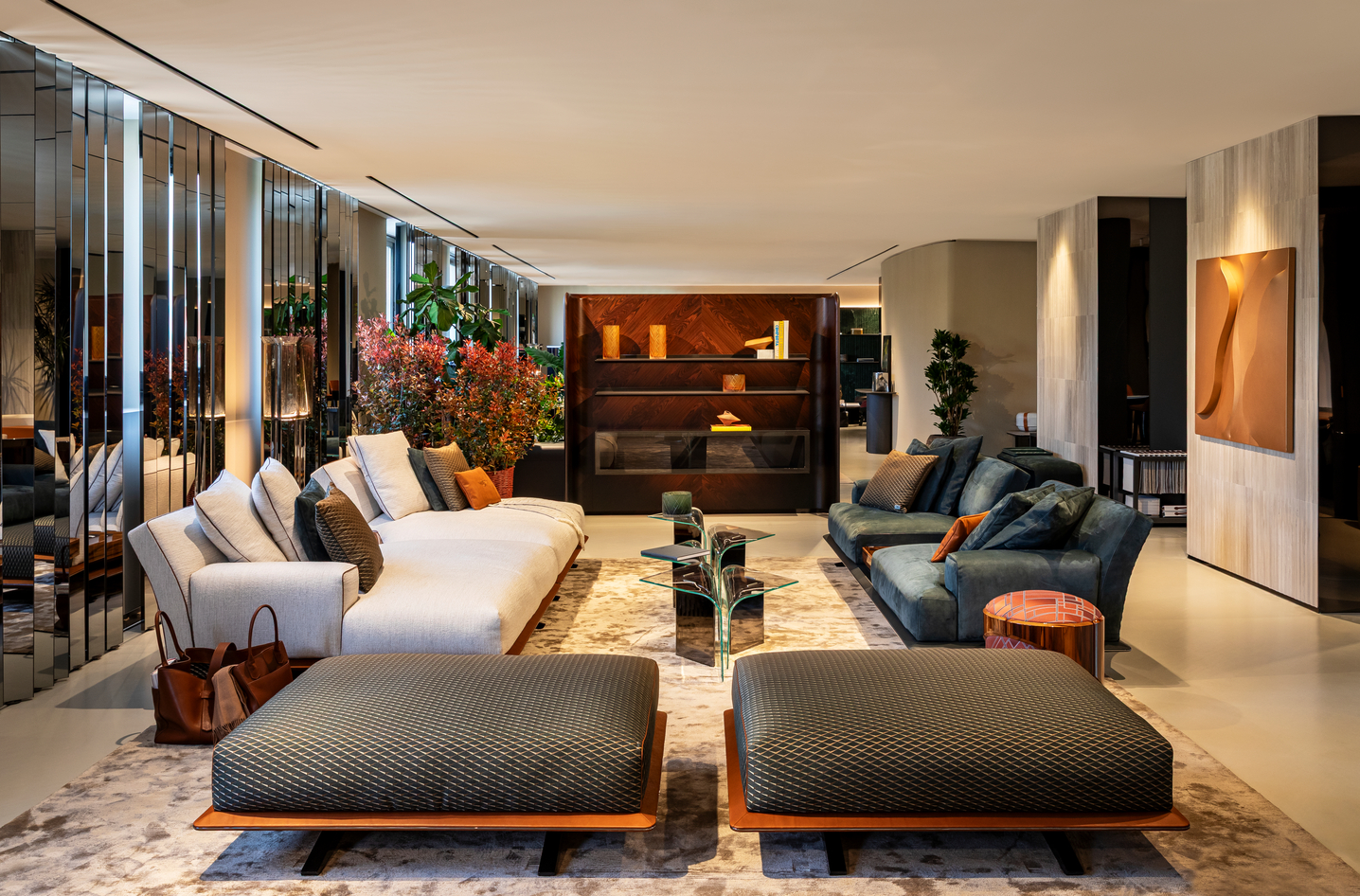 Bentley’s new home collections bring the ‘potency’ of its cars to Milan Design Week
Bentley’s new home collections bring the ‘potency’ of its cars to Milan Design WeekNew furniture, accessories and picnic pieces from Bentley Home take cues from the bold lines and smooth curves of Bentley Motors
By Anna Solomon
-
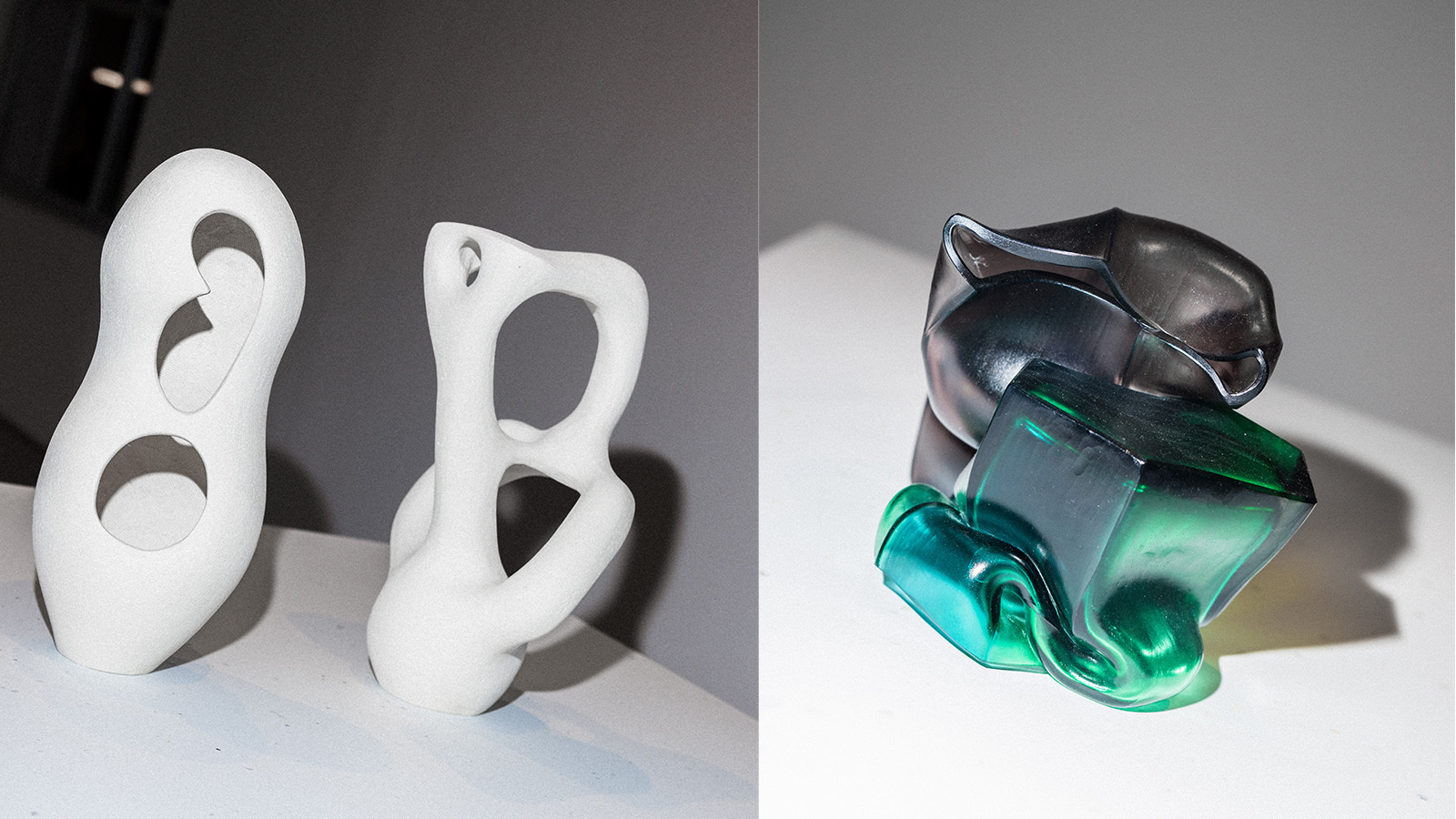 StoneX partners with Wallpaper* for material alchemy at Milan Design Week and beyond
StoneX partners with Wallpaper* for material alchemy at Milan Design Week and beyondThe natural stone purveyor teams up with Wallpaper* for a three-year partnership of material adventures, starting with an exhibition at Triennale di Milano
By Simon Mills
-
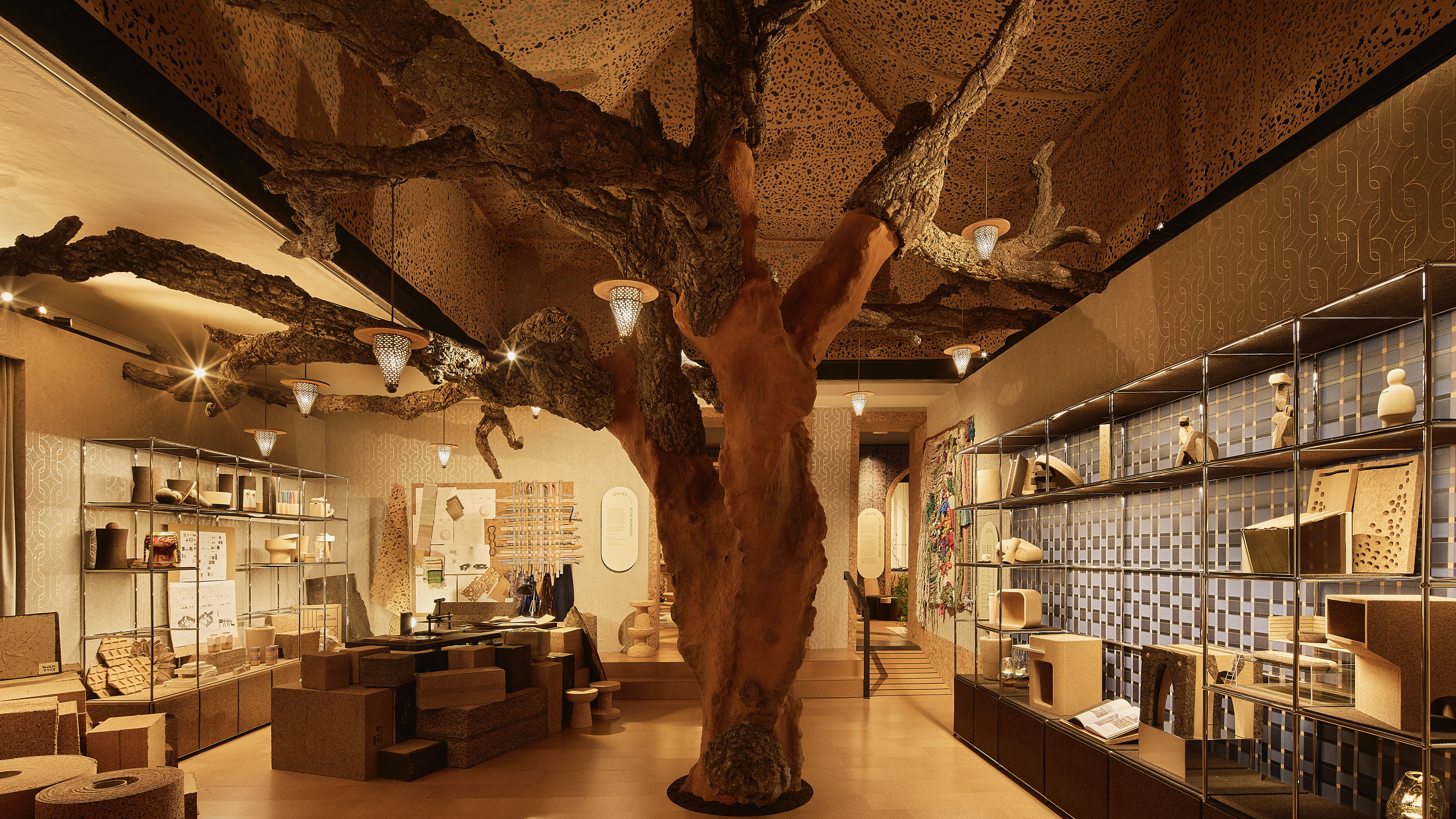 David Rockwell’s Milan Design Week presentation is a love letter to cork
David Rockwell’s Milan Design Week presentation is a love letter to corkRockwell Group’s Casa Cork installation showcases this under-appreciated material, which is infinitely recyclable and sequesters carbon for decades
By Anna Solomon
-
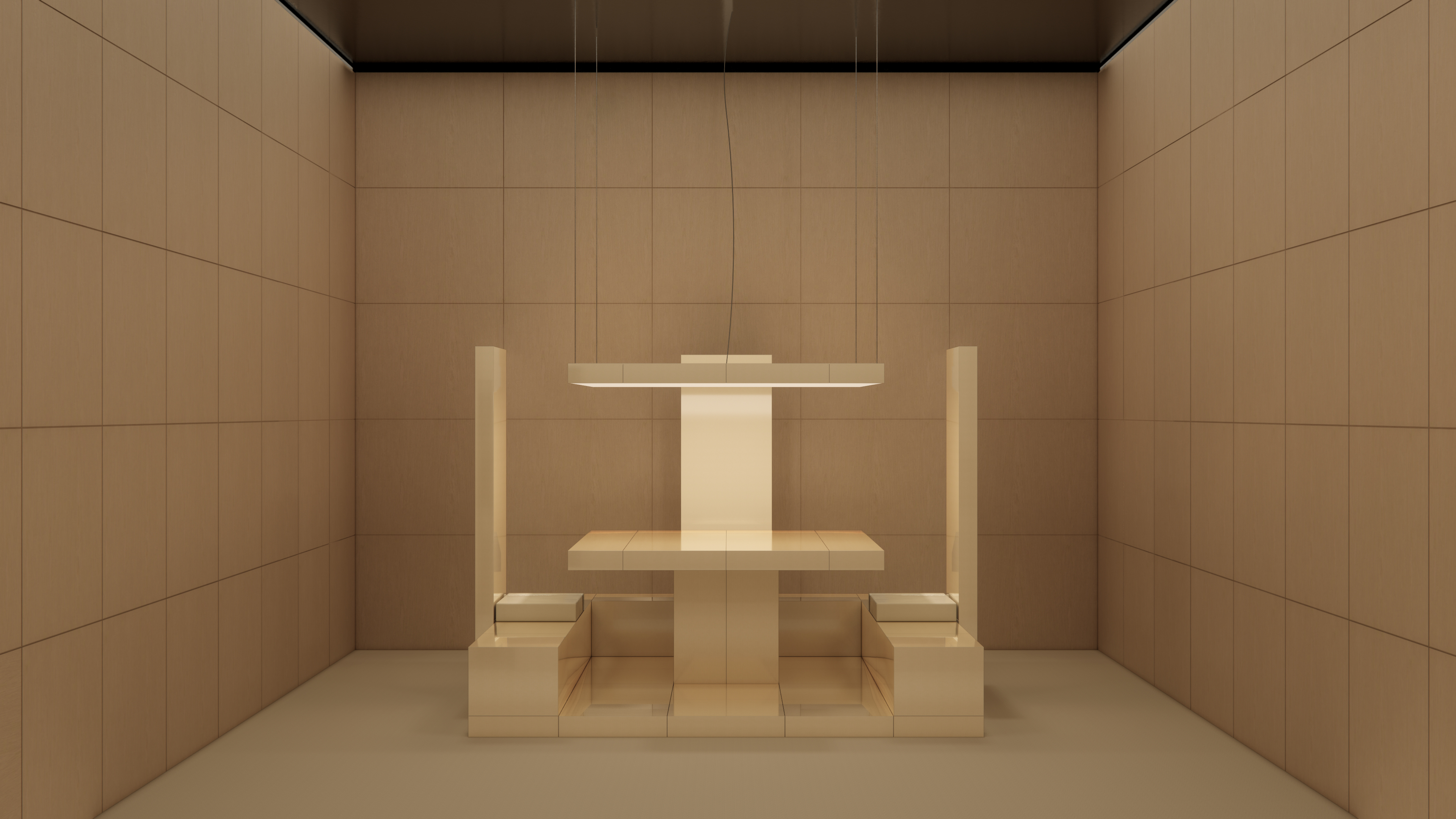 Emerging galleries to discover during Milan Design Week
Emerging galleries to discover during Milan Design WeekWallpaper’s Milan editor has the inside track on the younger design galleries coming to town
By Laura May Todd
-
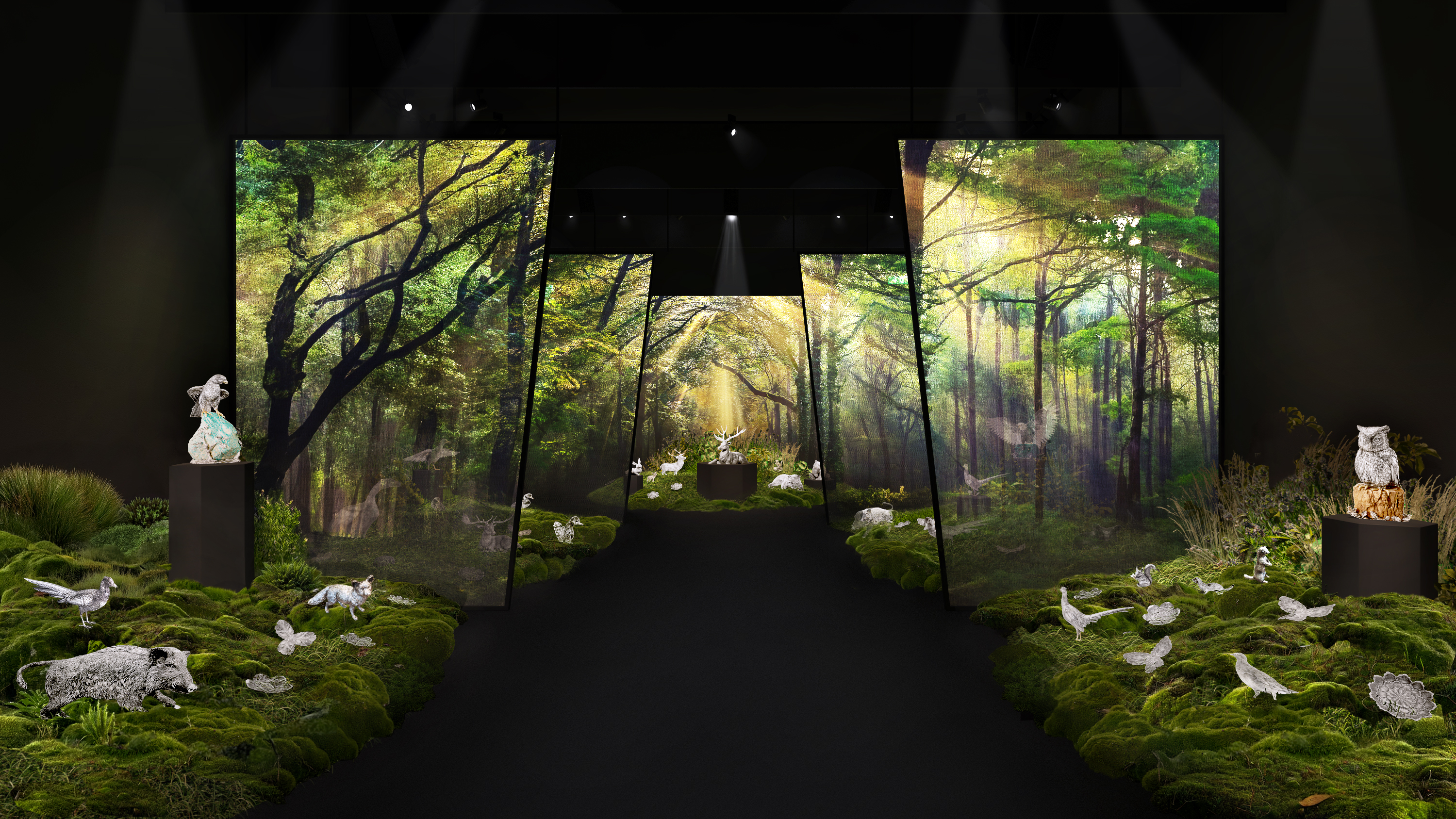 Buccellati brings the forest and Furry Animals to Milan Design Week
Buccellati brings the forest and Furry Animals to Milan Design WeekThe jewellery and silverware maison falls back on tradition for its Milan showcase, presenting its now-emblematic collection of intricately crafted creatures
By Laura May Todd
-
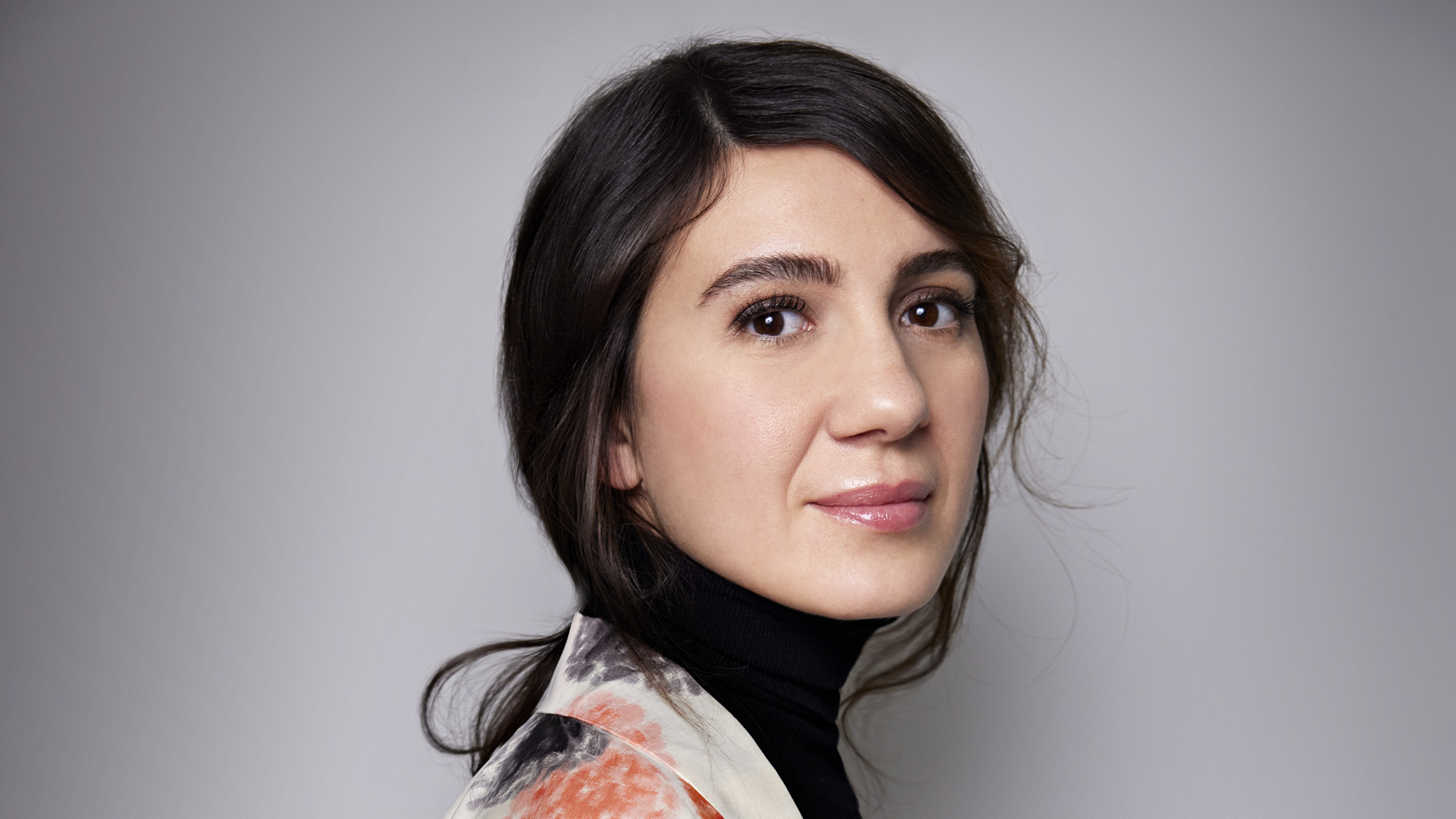 Where next for Salone del Mobile? Maria Porro on the future of the world’s biggest furniture fair
Where next for Salone del Mobile? Maria Porro on the future of the world’s biggest furniture fairAhead of Salone del Mobile 2025 in Milan, we sit down with its president to talk design, data and forging the event’s future in a fast-changing world
By Hugo Macdonald
-
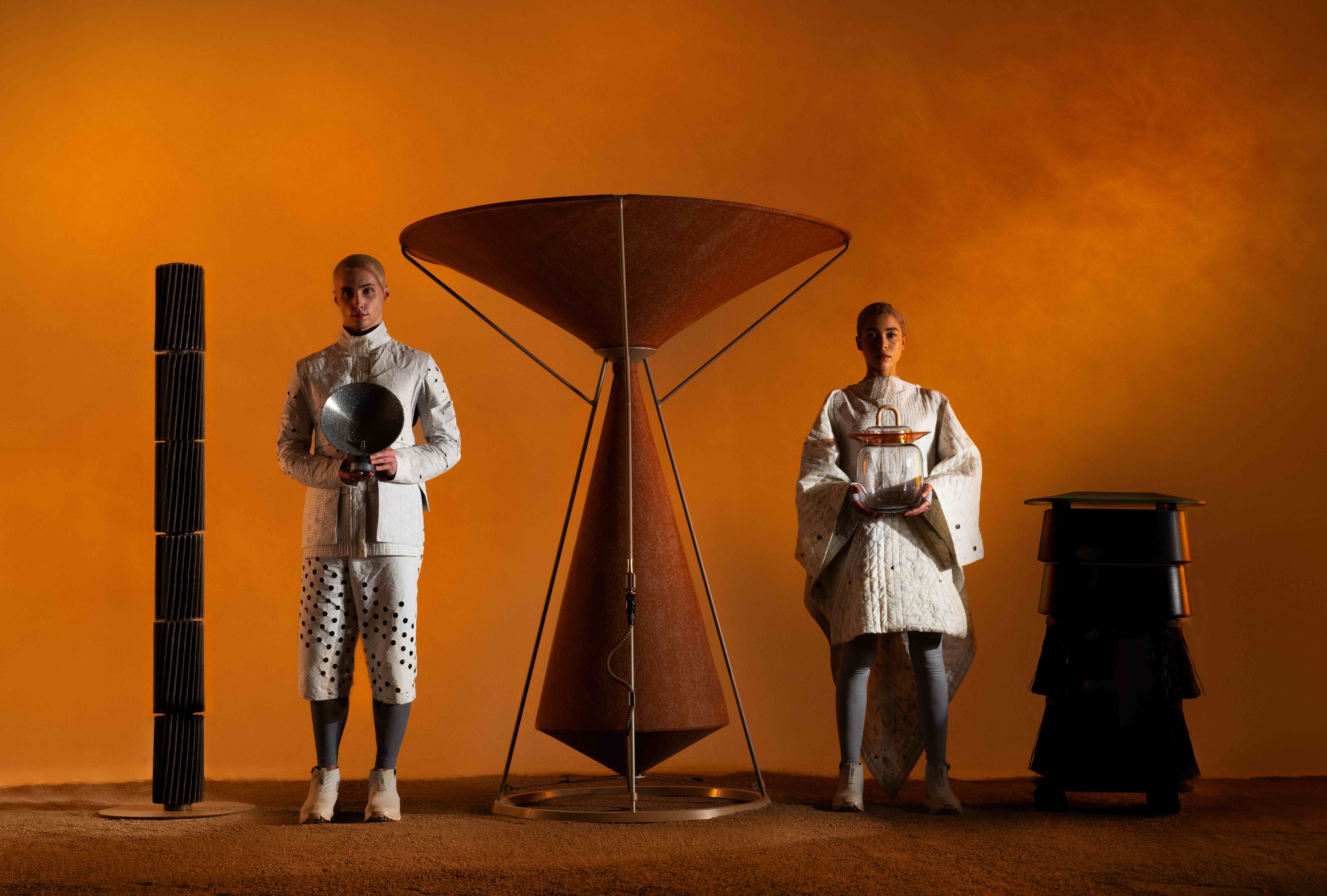 What to see at Milan Design Week 2025
What to see at Milan Design Week 2025A guide to some of the events the Wallpaper* team is checking out at Milan Design Week (7–13 April) – from public installations and major launches to standout venues and must-see exhibitions
By Hugo Macdonald
-
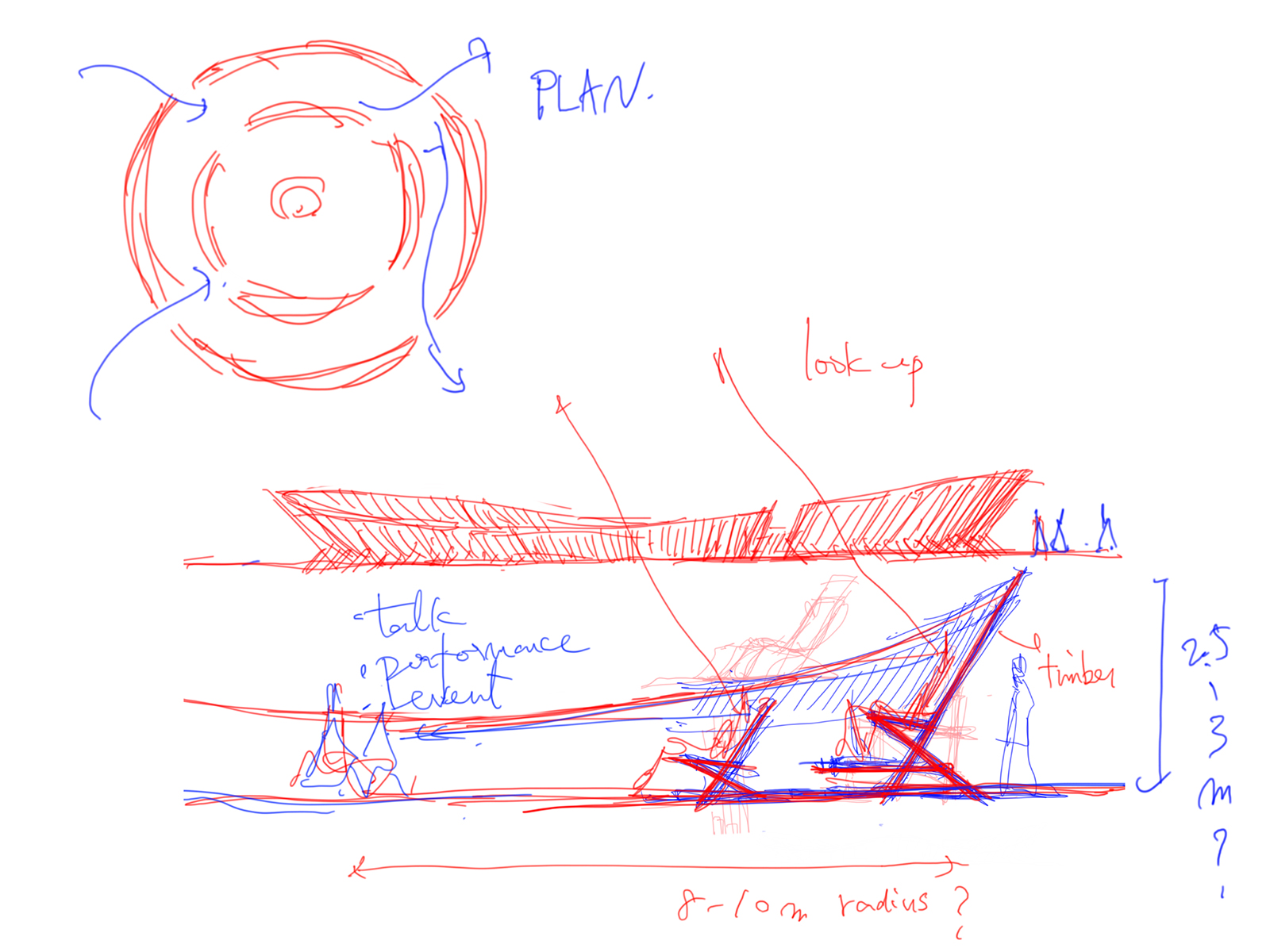 Salone Del Mobile 2025: Paolo Sorrentino, Robert Wilson, Sou Fujimoto and Pierre-Yves Rochon amongst this year's contributors
Salone Del Mobile 2025: Paolo Sorrentino, Robert Wilson, Sou Fujimoto and Pierre-Yves Rochon amongst this year's contributorsThe countdown to Salone Del Mobile 2025 has begun. President, Maria Porro, announced first plans for the fair including some key names
By Cristina Kiran Piotti